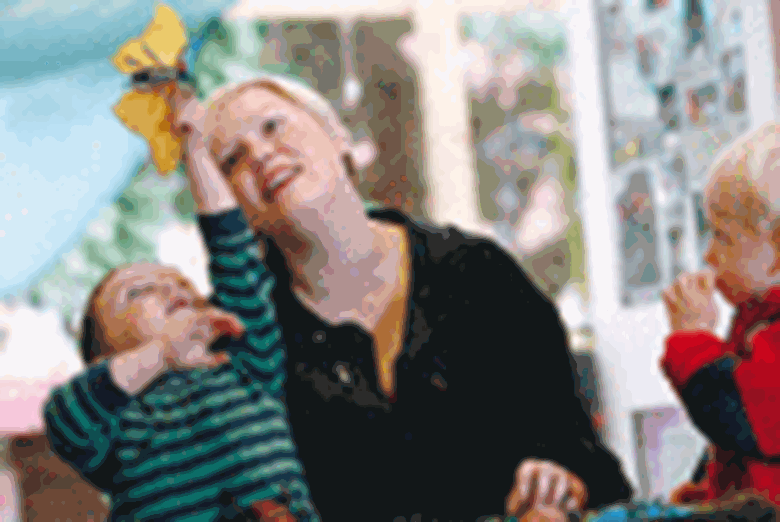Enabling Environments: Continuous provision - Part 2 - It takes two
Anne O'Connor
Tuesday, October 14, 2008
Early years practitioners are themselves part of the provision in any setting. Anne O'Connor outlines their role in and responsibility in promoting learning.

Register now to continue reading
Thank you for visiting Nursery World and making use of our archive of more than 35,000 expert features, subject guides, case studies and policy updates. Why not register today and enjoy the following great benefits:
- Free access to 4 subscriber-only articles per month
- Unlimited access to news and opinion
- Email newsletter providing activity ideas, best practice and breaking news




